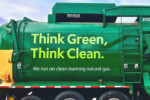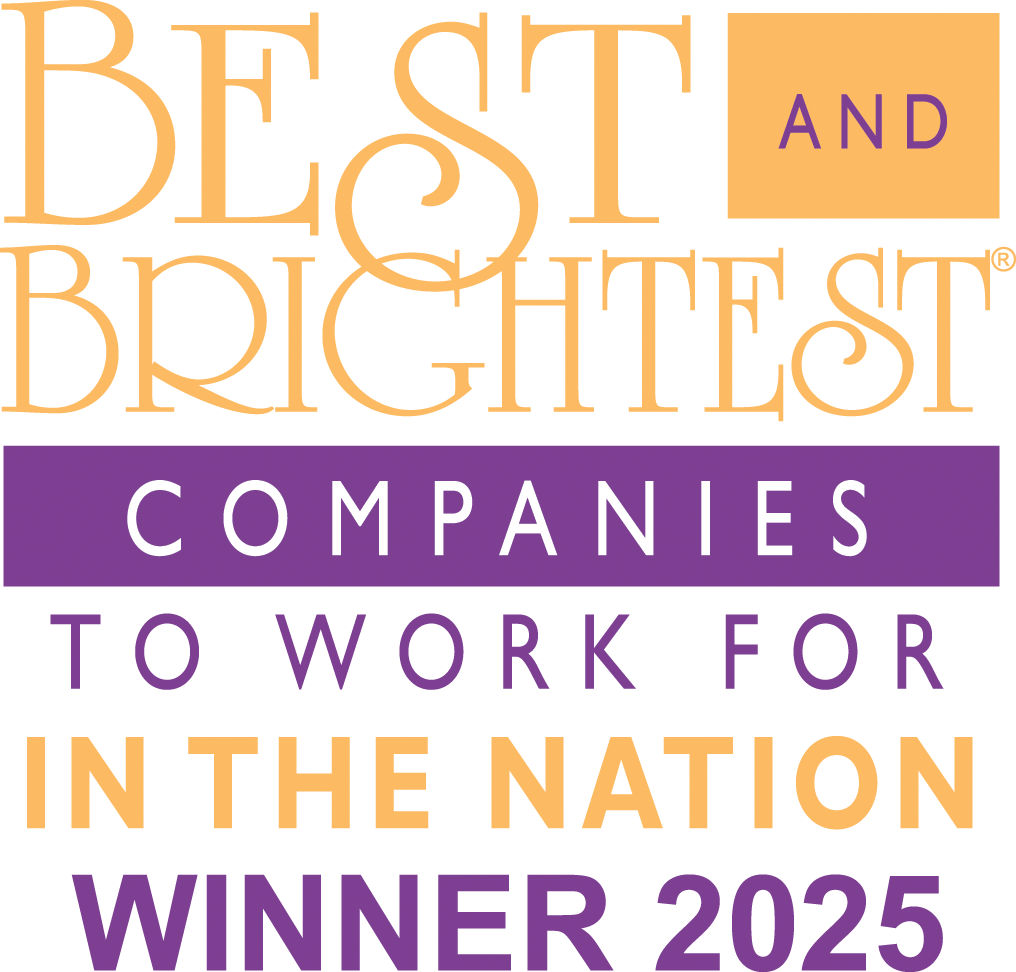
The value of a comprehensive safety culture cannot be overstated when it comes to reducing workplace illnesses and injuries, and their associated costs. But creating such a culture is not an overnight process or “flavor of the month” program. Instead, it is a multi-year, top-management commitment that results in an organization with low accident rates, low turnover, low absenteeism and high productivity. This is a big-picture, long-term project.

Any person who has been involved in a motor vehicle collision will tell you it can be a stressful experience. Whether or not you are at fault, it can be easy to feel overwhelmed and confused. If you’re in an accident with a company vehicle, in addition to any reporting requirements your employer may have, there are important post-crash steps you should keep in mind…

Sleep apnea is a dangerous condition that affects more trucking professionals than you might think. In fact, According to a recent study sponsored by the Federal Motor Carrier Safety Administration (FMCSA), nearly 30% of commercial truck drivers experience mild to severe sleep apnea.

Theft on a construction job site can be of particular concern as expensive materials, tools and machinery are often left in plain sight or are easily accessible to criminals. Discovering you have thousands, or even hundreds of thousands of dollars worth of equipment and materials missing from a job site is, by itself, devastating.

Any business owner will tell you an effective sprinkler system is without question the best first line of defense should a workplace fire occur. But a sprinkler system alone is only part of the fire protection picture. An equally important addition that every sprinkler system should have is something not every business owner is familiar with – a fire department connection (FDC).

A teenager with a driver’s license can be a major convenience for families on the go. Insuring a new driver, however, can be costly. The reason it’s more expensive to insure a teen driver is fairly simple – the risk of motor vehicle crashes is higher among 16- to 19-year-olds than among any other age group. The higher the risk, the higher the premium. The good news is…

Each year, human resources departments are given more responsibilities. Unfortunately, the increased workload often comes without an increased budget. This means that in order to compete in the marketplace, HR teams must find ways to innovate and stay on top of trends. This is especially true amid the COVID-19 pandemic, which continues to impact businesses across the country.

According to the Centers for Disease Control and Prevention (CDC), the leading contributor to sick days is back pain, which costs businesses in both workers and productivity. In fact, a recent CDC study revealed back injuries cost employers $1,685 per employee every year. On a national level, this equates losses north of $225 billion annually.

More and more companies are enlisting the support of staffing agencies to meet their personnel needs for a variety of reasons, including increased workloads and high employee turnover rates. This is especially true in the wake of the COVID-19 pandemic.

A growing number of drivers assume that when it comes to insuring a vehicle, there’s a choice to be made between collision and comprehensive coverage. The truth is, purchasing both coverage options can help you better protect your financial well-being. Before you make this decision, however, it’s important to understand what each option brings to the table.

There’s nothing like the peace of mind that comes from knowing your most valued assets have the protection of high-quality insurance coverage. This is especially true when you combine your insurance policies to take advantage of a special “bundling” discount.

Repetitive motion injuries are temporary or permanent injuries to muscles, nerves, ligaments and tendons caused by performing the same motion over and over again. Also known as repetitive stress injuries, they occur most commonly in the hands, fingers, thumbs, and wrists, but can also happen in the back, neck, knees and feet.

More and more companies today are powering their commercial fleet with alternative fuels such as compressed natural gas (CNG) and liquefied natural gas (LNG). While these alternative options can reduce emissions and operating costs, many employees have never handled natural gas in this capacity. Accordingly, there are safety measures and training protocols to carefully consider.

As an employer, you’re tasked with the challenge of ensuring high-quality, yet affordable follow-up care in the event an employee suffers a work-related injury. That’s where telemedicine can help. Telemedicine allows employees to receive virtual, non-urgent medical services after they’ve been injured on the job. Such an option can give your employees quick and easy access to the care and information they need — and may lower your workers’ compensation costs in the process.

You may have noticed that product liability litigation has become more and more common in recent years. Even when a business does everything possible to ensure that its products are safe for the public, mishaps can still occur without warning – leading to costly legal battles and settlements that can easily reach six figures.

As the COVID-19 pandemic continues into the final months of 2020, there’s a general sense of optimism within the medical community that a vaccine will be approved for use in the foreseeable future. While the prospect of a vaccine is exciting to most, it also presents challenges for employers, who may be considering whether vaccination will be encouraged or mandated.


